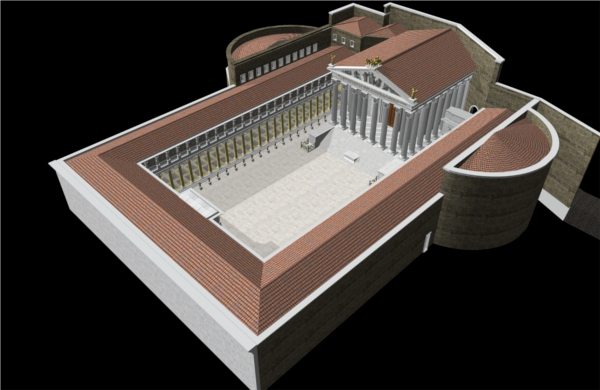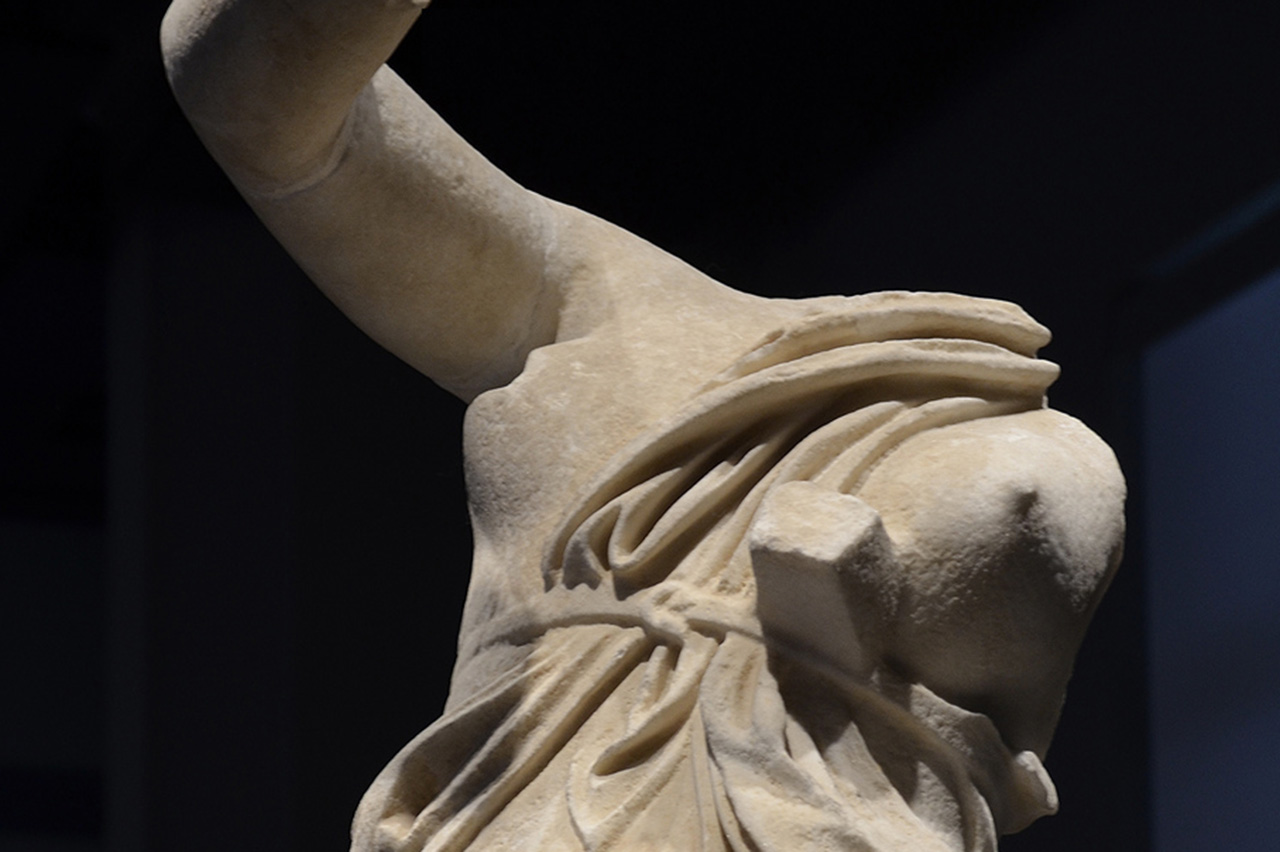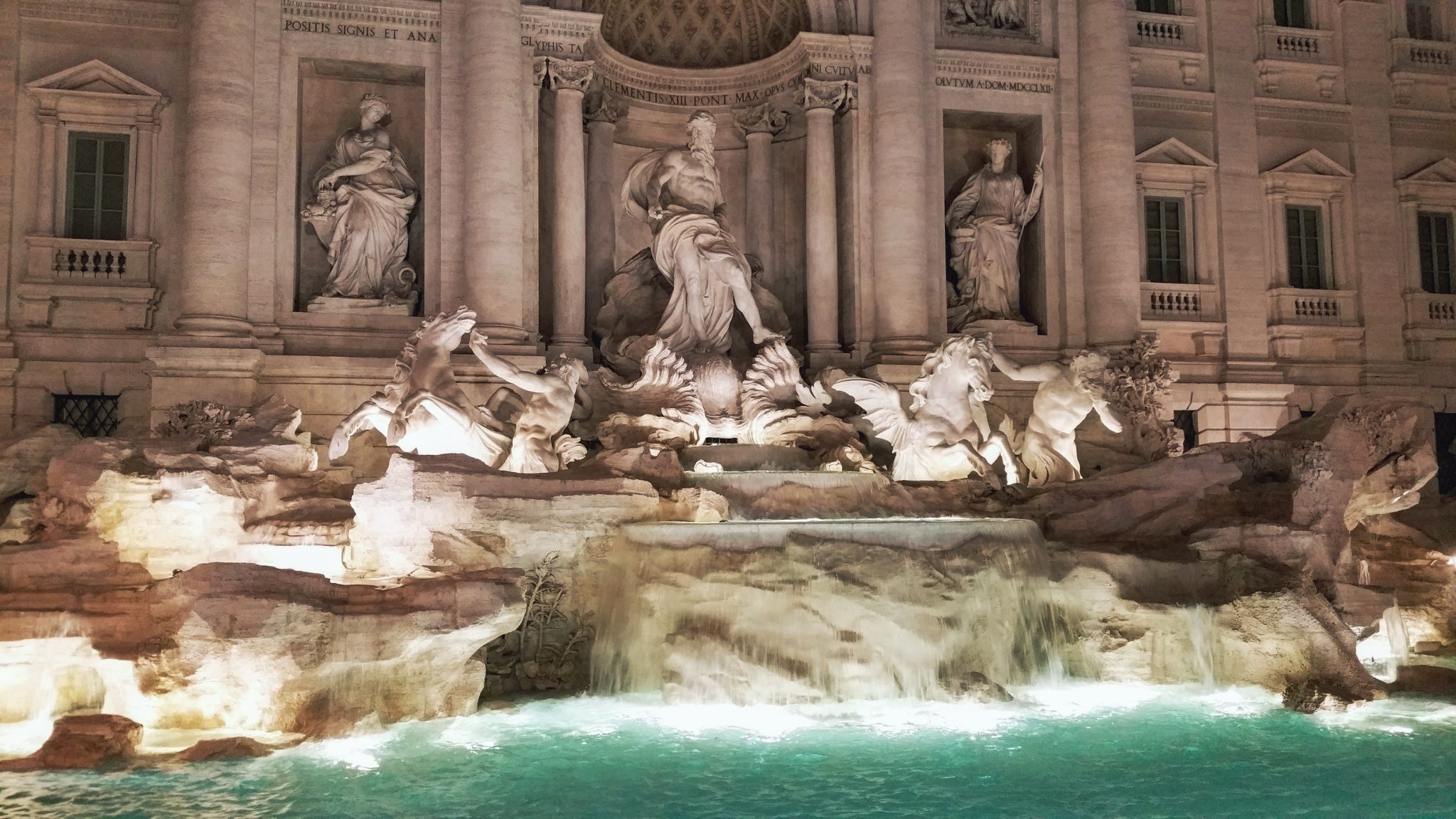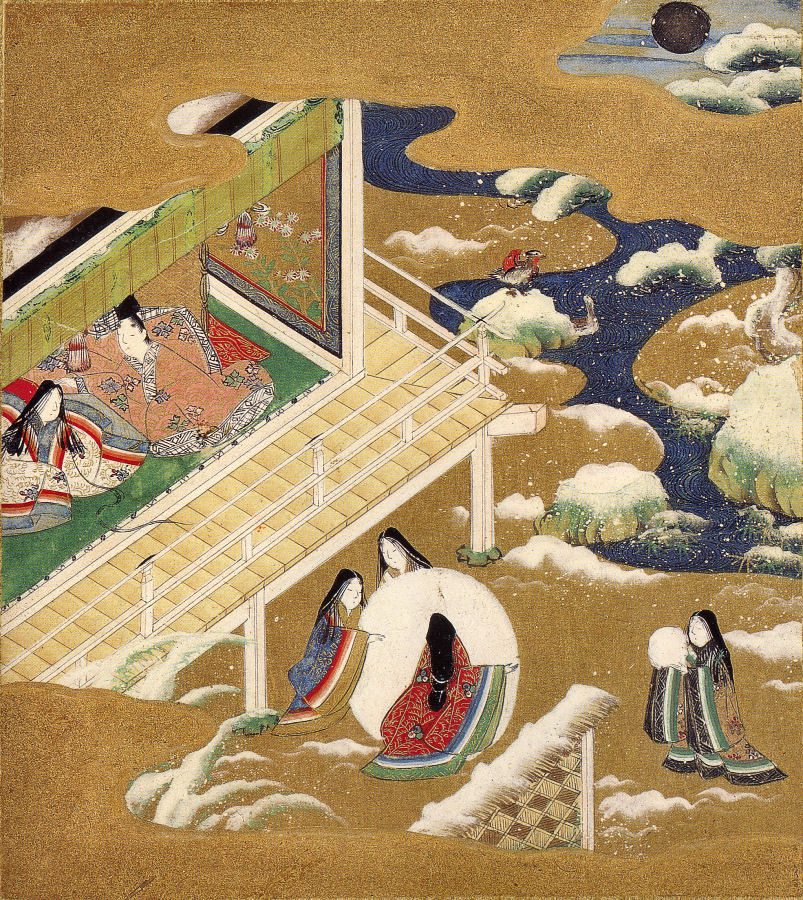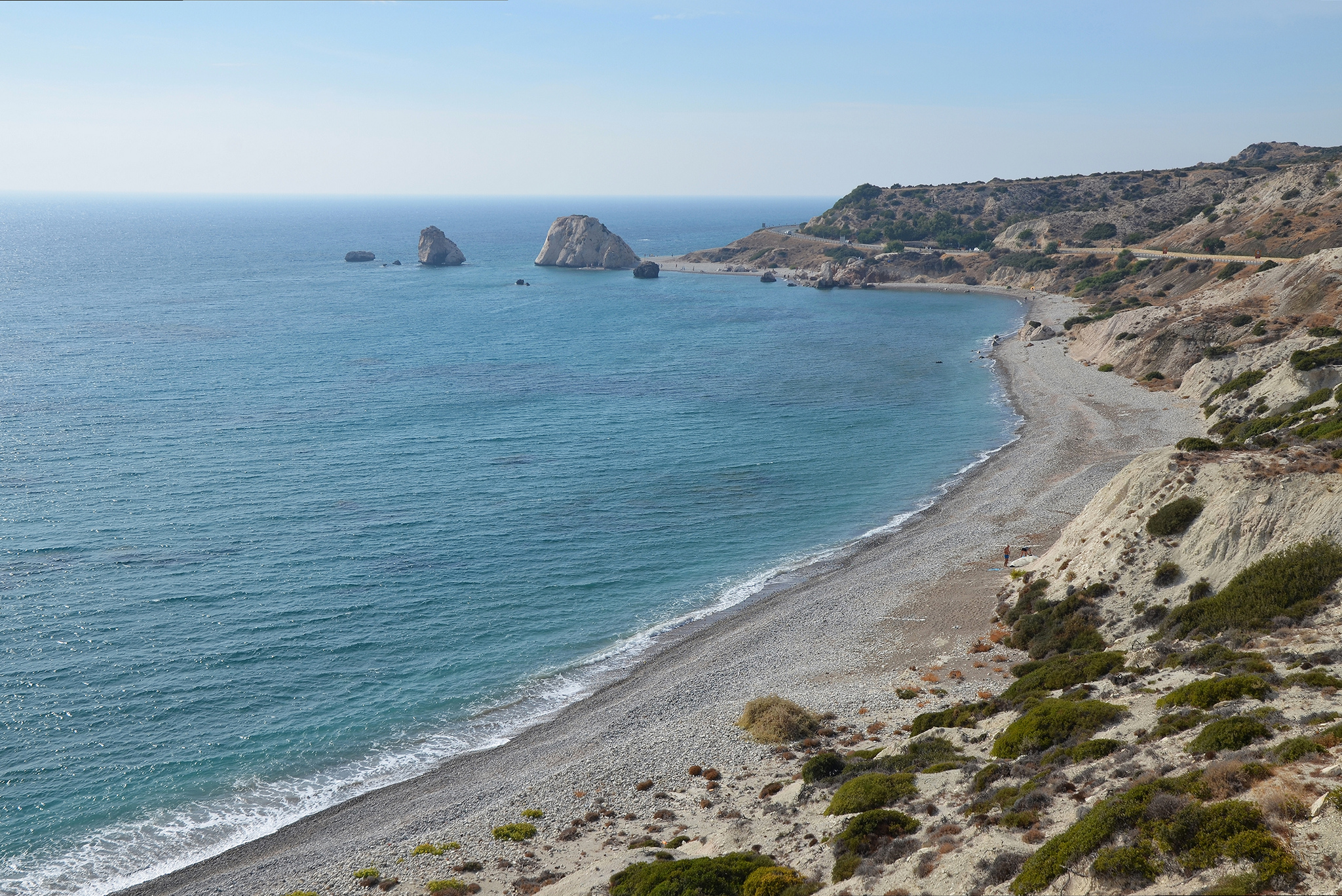Virtual Rome: Interview with Dr. Matthew Nicholls
Dr. Matthew Nicholls, University of Reading, sat down with James Lloyd, AHE’s Video Editor, to discuss his Virtual Rome project. I first met Dr. Nicholls attending one of his ‘Digital Silchester’ classes. This module teaches students how to understand the history and archaeology of the Roman town of Silchester through digital reconstruction. Matthew’s digital reconstructions have been featured on BBC and Discovery documentaries and he has co-taught the British School at Rome’s undergraduate summer school.
